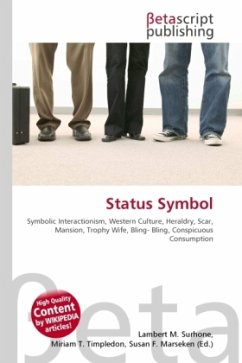High Quality Content by WIKIPEDIA articles! A sign is an entity which signifies another entity. A natural sign is an entity which bears a causal relation to the signified entity, as thunder is a sign of storm. A conventional sign signifies by agreement, as a full stop signifies the end of a sentence. (Contrast a symbol which stands for another thing, as a flag may be a symbol of a nation) The way in which a sign signifies is a topic in semiotics and philosophy of language, see also Meaning (linguistic). Thus, for example, people may speak of the significance of events, the signification of characters, the meaning of sentences, or the import of a communication. These different relationships that exist between sorts of signs can help people and sorts of things that are signified can be called the modes of signification. The range of uses of signs are varied. They might include: the indication or mark of something, a display of a message, a signal to draw attention, evidence of an underlying cause (for instance, the symptoms of a disease are signs of the disease), a character for a mathematical operation, a body gesture, etc.








